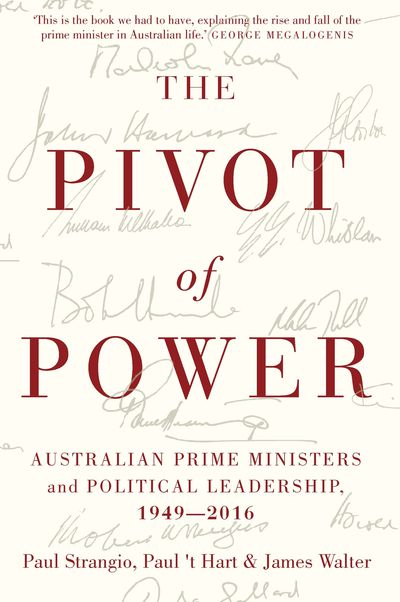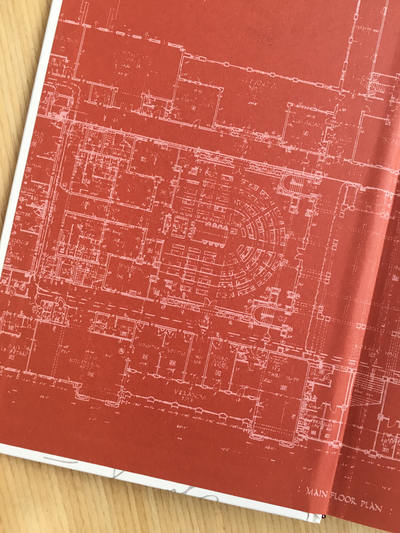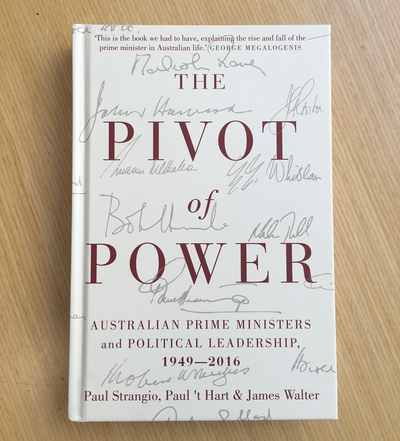The Pivot of Power
Australian Prime Ministers and Political Leadership, 1949-2016
Read an extract
The Pivot of Power
Australian Prime Ministers and Political Leadership, 1949-2016
Read an extract
The second volume about the history of the Australian Prime Ministership, following on from Settling the Office: The Australian Prime Ministership from Federation to Reconstruction.
The Pivot of Power is the second volume in a unique blend of collective biography and institutional history that shows the skills, limitations and passions of incumbents are only part of the story. The ways in which prime ministers thrive and fail are influenced by the resources at their command, the evolving nature of the parties they lead, the daunting public expectations they face under a relentless media gaze, and the challenges that history throws at them. Recent changes in these areas have had a destabilising effect and made the role of prime minister more onerous than ever
After decades of strong national leadership, the office has rarely…
The Pivot of Power is the second volume in a unique blend of collective biography and institutional history that shows the skills, limitations and passions of incumbents are only part of the story. The ways in which prime ministers thrive and fail are influenced by the resources at their command, the evolving nature of the parties they lead, the daunting public expectations they face under a relentless media gaze, and the challenges that history throws at them. Recent changes in these areas have had a destabilising effect and made the role of prime minister more onerous than ever.
After decades of strong national leadership, the office has rarely seemed quite so confounding as it does for its contemporary holders. The Pivot of Power explains how this has come about. And its rich account of prime-ministerial fortune since the mid-twentieth century yields historical lessons for overcoming the current malaise.
WINNER OF THE 2019 HENRY MAYER PRIZE







.jpg)
.jpg)
.jpg)

.jpg)




